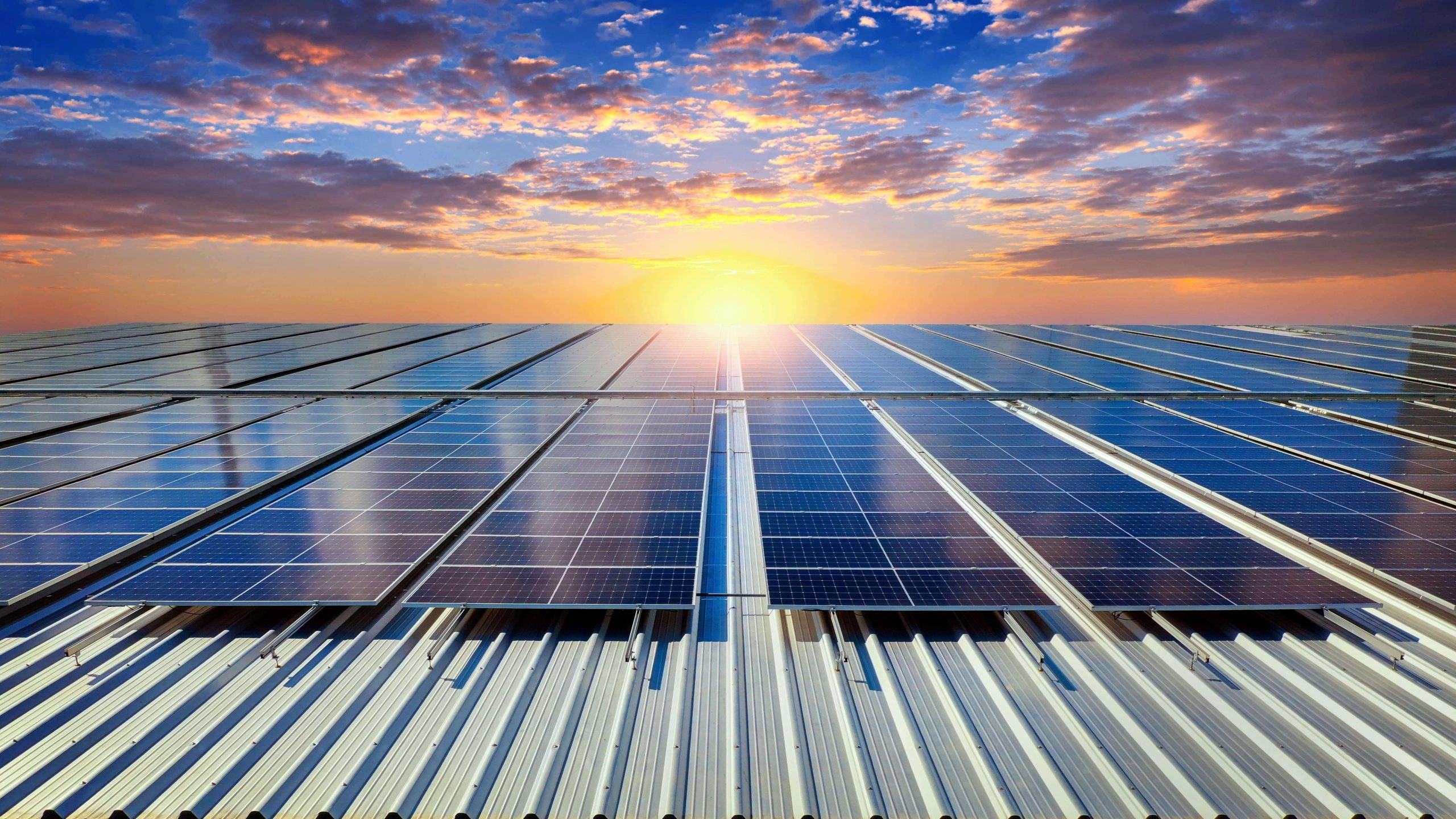Embarking on a solar journey means navigating through a variety of panel options. Are you curious about the different types of solar panels and their perks? Mono and Poly Crystalline silicon and thin-film, – the options seem endless! Together, let’s decode the technology behind these panels and what is the best type of solar panels. What makes one type more suitable for residential use, while another shines in large-scale installations? Join me as we demystify the solar panels differences and shine a light on which one could be your perfect match.
What are the major types of solar panels?

1) Monocrystalline Solar PV Module Cell
Mono i.e., single-crystalline solar module is manufactured using silicon crystal. Cylindrical silicon ingots are sliced into thin silicon wafers, which are finally assembled in the form of a rectangle and framed to manufacture solar cells. Making monocrystalline solar panels involves using one piece of silicon, which lets electrons move easily. This makes them good at capturing solar power solutions. They’re super-efficient, which means they lower electricity costs and work well for a long time. These panels usually look black with black, silver, or white frames.
Features of Monocrystalline Solar Panels
- Monocrystalline solar panels are better at turning sunlight into electricity. They do this by using a single big silicon crystal that gives electrons more room to move around. This makes them produce more electricity (kW/hour).
- The monocrystalline panels display higher heat resistance as compared to other panels, which means that their electricity production capacity is less affected by heat, and they produce electricity at a higher efficiency at high temperatures.
- The monocrystalline panels are more expensive as compared to other panels since the solar panel manufacturing process of single-crystal silicon cells is complex.
2) Polycrystalline Solar Panel
Polycrystalline solar panels have lots of tiny silicon crystals in them. They’re created by melting silicon pieces and pouring them into square moulds. After they cool down, these crystals are cut into thin pieces and put together to make a polycrystalline solar panel. They are also known as “multi-crystalline” panels.
Features of Polycrystalline Solar Panels
- Polycrystalline solar panels have lesser efficiency than monocrystalline solar panels because they are made up of numerous silicon crystals, resulting in restricted space for electrons to move.
- Polycrystalline panels are distinguished by their square cell shape and bright blue colour with straight edges.
- Because the production process is easier and less silicon is wasted, these panels are less expensive than monocrystalline solar panels.
Also Read: Black Vs Blue Solar Panels
3)Thin Film Solar Panel
Thin-film solar panels, as opposed to monocrystalline and polycrystalline solar panels, are made with photovoltaic materials such as amorphous silicon (a-Si), copper indium gallium selenide (CIGS), and cadmium telluride (CdTe). These compounds are deposited onto a solid surface such as glass, metal, or plastic, resulting in a lighter and easier to install product.
Features of Thin Film Solar Panels
- Thin-film solar cells are lighter and more flexible than typical silicon panels, making them simple to install.
- They are less efficient than crystalline silicon panels. However, they have lower carbon footprints and are less expensive than other panels.
- These types of panels are best suited for vast rooftop spaces or sites with plenty of open space.
Which Solar Panels are the Best?
India is seeing a big increase in solar panels being installed, becoming more efficient, and costing less. To make the most of this growth, making the right investment is crucial. Considering things carefully and the right conditions and trying to understand which solar panels are the best, we must dive deep. There are different types of solar panels in the market, with Monocrystalline panels boasting the highest efficiency and power output. This makes them ideal for maximizing solar capacity in confined spaces. For instance, if you’re grappling with high electricity bills, optimizing your solar plant’s capacity becomes crucial. Utilizing Monocrystalline panels allows you to install up to 50 to 60% more capacity within the same area. While the initial cost may be greater, this investment pays off in the long term by significantly reducing your electricity expenses.
Also Read: Solar Energy Facts
Conclusion:
To conclude on what is the best type of solar panels, according to me, selecting the ideal solar panels can appear daunting at first, but with thorough research, the decision becomes more manageable. It’s crucial to weigh the advantages and disadvantages of each solar panel option when making your choice. By gathering all the necessary information, you can confidently choose the most suitable solar panel type.
FAQs
1) Which type of solar panel is best in India?
The answer this question of “what is the best type of solar panel” in India, it depends on a couple of factors. If you’re looking for the highest efficiency and have a limited space, monocrystalline panels might be a good choice. If you’re more budget-conscious and have ample space, polycrystalline panels could work. Thin-film panels might be suitable if you need flexibility in installation. However, there are different types of solar systems available in the market. It’s important to note that solar technology is continuously evolving, so I recommend checking with local solar installers or experts for the most up-to-date and region-specific advice. Additionally, government policies and incentives can also influence the choice of solar panels in India.
2) Which type of solar panel is most affordable?
Polycrystalline panels are more affordable but have a lower average efficiency rate of 20%. Nevertheless, they could be a good option if you require less power to run your home or have a smaller solar project.
3) What is the maximum solar panel efficiency?
Depending on the solar panel technology being used, a solar panel’s maximum efficiency can change. Monocrystalline is used to create the most effective solar panels currently available on the market, which have efficiencies of up to 22%-23%.








